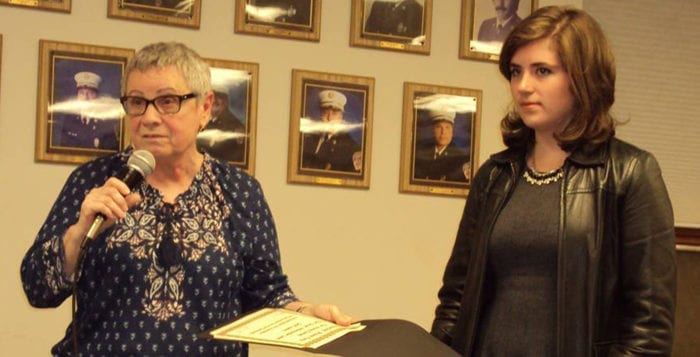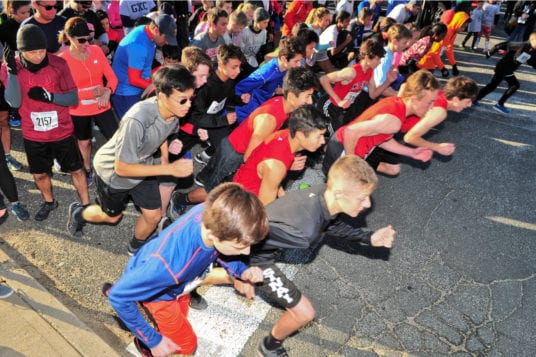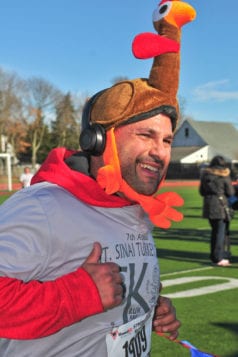By Jim Ferchland
Gene DeGraw was a fixture in the youth basketball scene in Kings Park, cultivating talented players and poised young men. Now in its fifth year, the Kingsmen hosted an annual tipoff tournament in memory of their former coach. Four schools — Kings Park, Huntington, Plainedge and Commack — played two games each over the two-day event Dec 1. and 2.
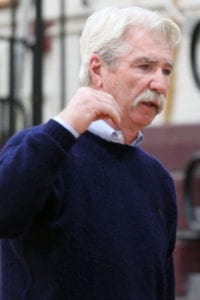
King Park head coach Chris Rube met DeGraw when he was 22 years old in his first year teaching in the district. He volunteered as an assistant coach on the varsity boys basketball team, where got to know the seasoned coach. Rube remembers him as much more than a well-versed instructor.
“He was always the epitome of class,” Rube said of DeGraw. “I admired how he was a devoted husband, father and grandfather. I’m a basketball coach after a teacher,and I’m a teacher after father and a husband. His grandson Michael McSloy was on the team. I remember talking to him and really understanding how special that moment was for him. Not only was he a great coach, but a better person.”
Huntington head coach Brian Carey is a Kings Park alumnus who said he practically grew up with the former head coach. Carey said he admired how much DeGraw loved his players.
“Pop was the perfect assistant — he knew the kids,”Carey said. “He knew me; we were both Kings Park guys. No one could have been more perfect for Kings Park basketball.”
The Kingsmen won the Long Island championship title in 2007 when DeGraw was the assistant coach. Carey coached Kings Park for 10 years, from 1997 to 2006, leaving just before the Kingsmen put up their magical season.

“When I got here at Kings Park, the team wasn’t doing so good,” said Carey, who has been coaching for 20 years and was inducted into the Kings Park athletics department hall of fame in 2003. “A few years before I was at Kings Park, the team won four or five games, but the players have been through a system by Gene DeGraw. He was a gentleman and he was the best at getting the kids to come together.”
The now Huntington head coach gave DeGraw the unpaid assistant coach position at Kings Park, having known and graduated from high school with DeGraw’s cousin.
The former assistant coach’s life was cut short due to a heart condition. Aside from being a coach, DeGraw was also a detective in the Suffolk County Police Department.
Bill Denniston, a four-year Kings Park athletic director who was the Shoreham-Wading River athletic director back in 2013 said although he didn’t know DeGraw, he’s heard plenty of good stories.
“From what I’ve heard, he was a well-respected coach,” Denniston said. “It’s always nice to have this tournament to kick off the season in his honor.”
Since 2013, Kings Park has an annual chamber of commerce-sponsored tipoff tournament. This year, the Kingsmen, Commack, Huntington and Plainedge competed over the two-day event.

Game 1
Huntington beat Commack 62-58 Dec. 1. Blue Devils senior Mehki Harvey led with 17 points, while classmate Nat Amato added 16.
Commack’s top players were
senior Nick Guaglione and junior Aidan Keenan, who scored 24 and 21 points, respectively. They were the only players in double figures for the Cougars.
Game 2
Kings Park easily outscored Plainedge 69-35. Senior Jason Hartglass and freshman Jack Garside each tallied 11 points for the Kingsmen. Senior Andrew Bianco added seven and grabbed 10 rebounds.
Game 3
Commack took down Plainedge 60-41 in the consolation match.
Game 4

Kings Park edged out Huntington 57-53, winning the tournament title for the third time in five years.
Andrew Bianco, who was named tournament MVP, recorded 23 points and 12 rebounds.
“He’s just tough as nails,” Kings Park head coach Chris Rube said of Bianco.
With eight seconds left, Kings Park was up by two, 55-53, when freshman Jack Garside buried both free-throw attempts to seal the victory.
Kings Park senior guard Zach Wolf scored 15 of his 18 points in the second half. He had three three-pointers in the third quarter.
“It was hard fought,” Rube said of the win over Huntington. “Huntington is pretty talented. Beating them was an achievement.”
Up next
Kings Park travels to Islip Dec. 7 for the first game of their regular season. Tipoff is scheduled for 5:45 p.m.

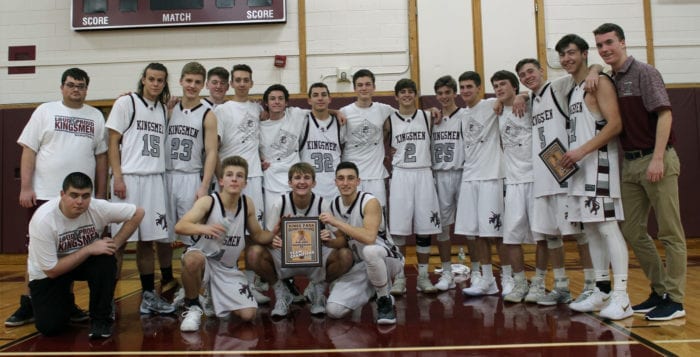
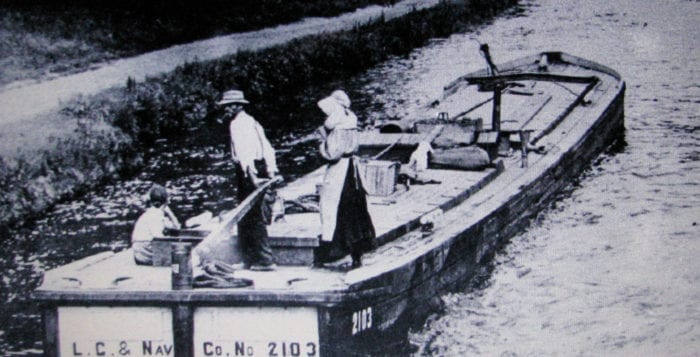

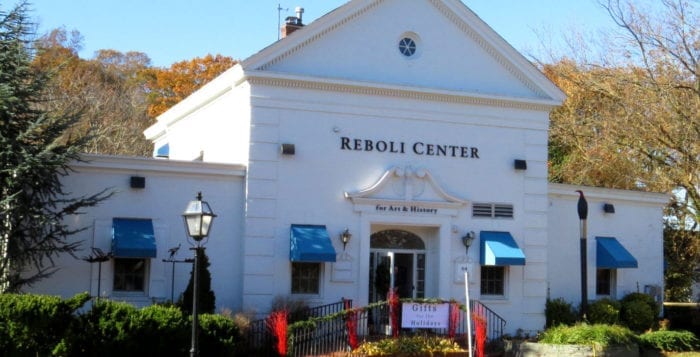
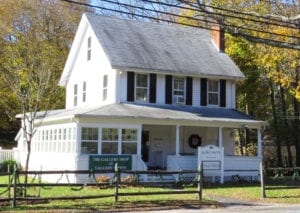
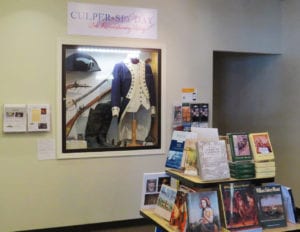
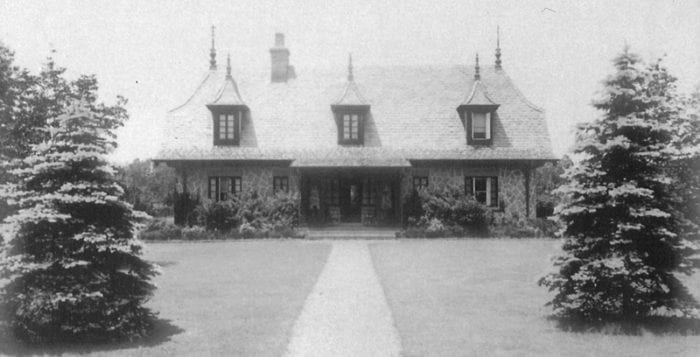
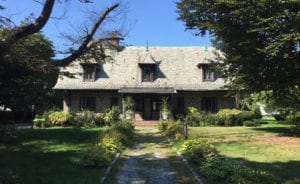


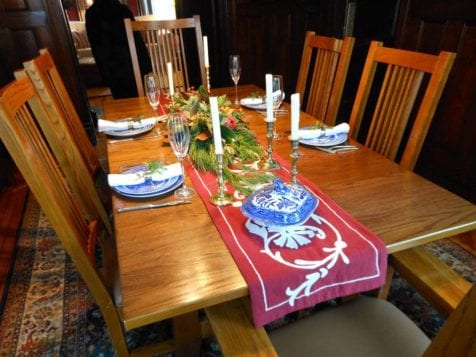




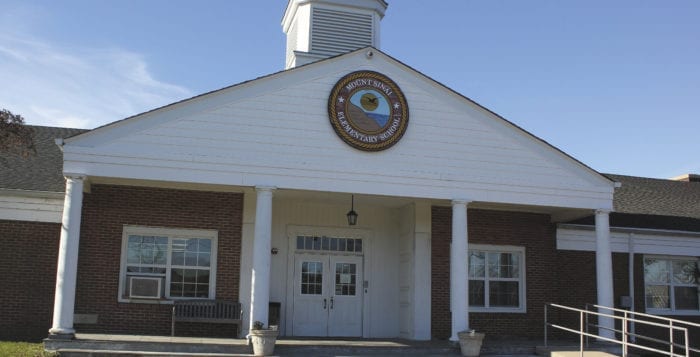


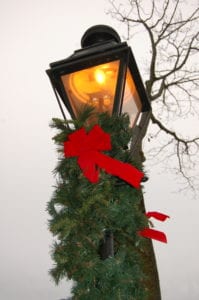 ALL DECKED OUT A decorated street lantern on East Main Street in Port Jefferson will shine on the 22nd annual Charles Dickens Festival this weekend, Dec. 2 and 3. The two-day event will transform the village into a 19th-century Dickensian postcard. Photo by Heidi Sutton
ALL DECKED OUT A decorated street lantern on East Main Street in Port Jefferson will shine on the 22nd annual Charles Dickens Festival this weekend, Dec. 2 and 3. The two-day event will transform the village into a 19th-century Dickensian postcard. Photo by Heidi Sutton